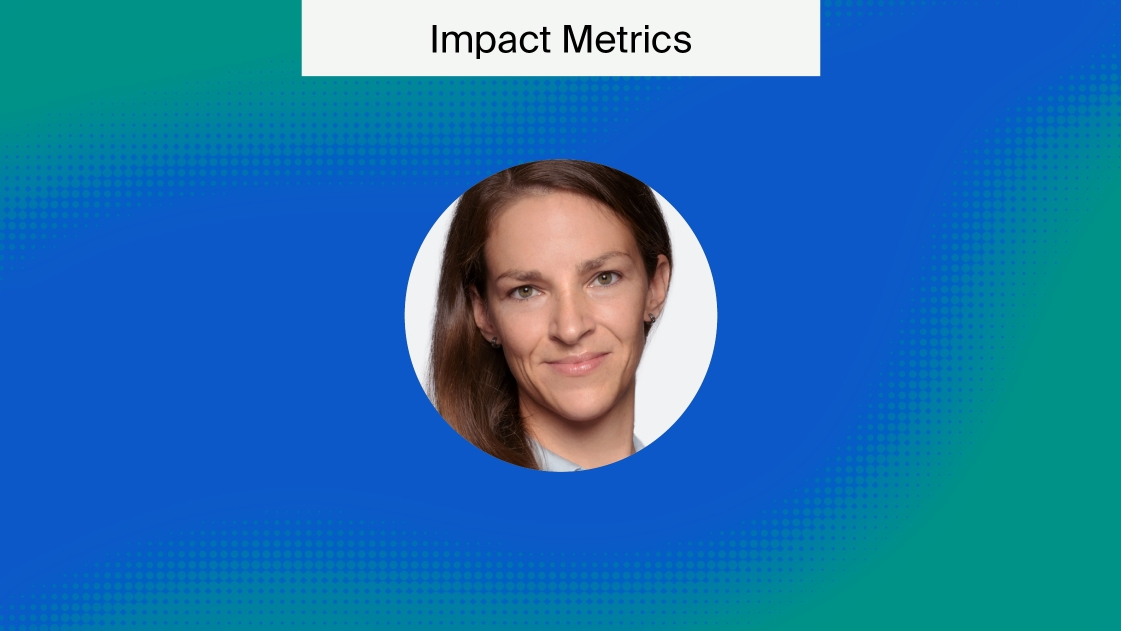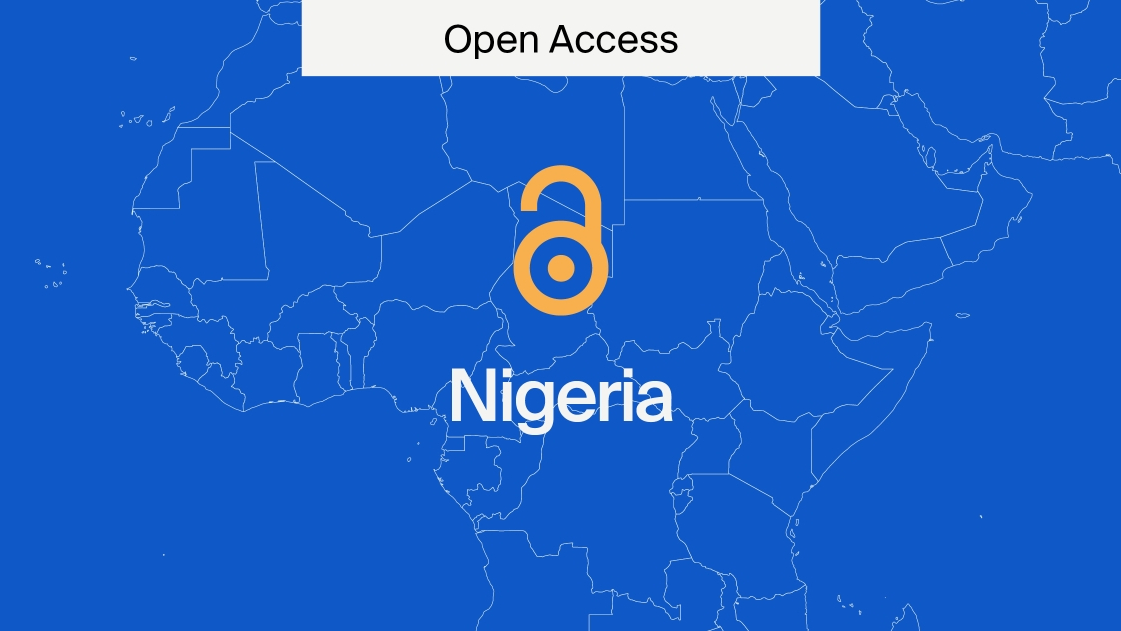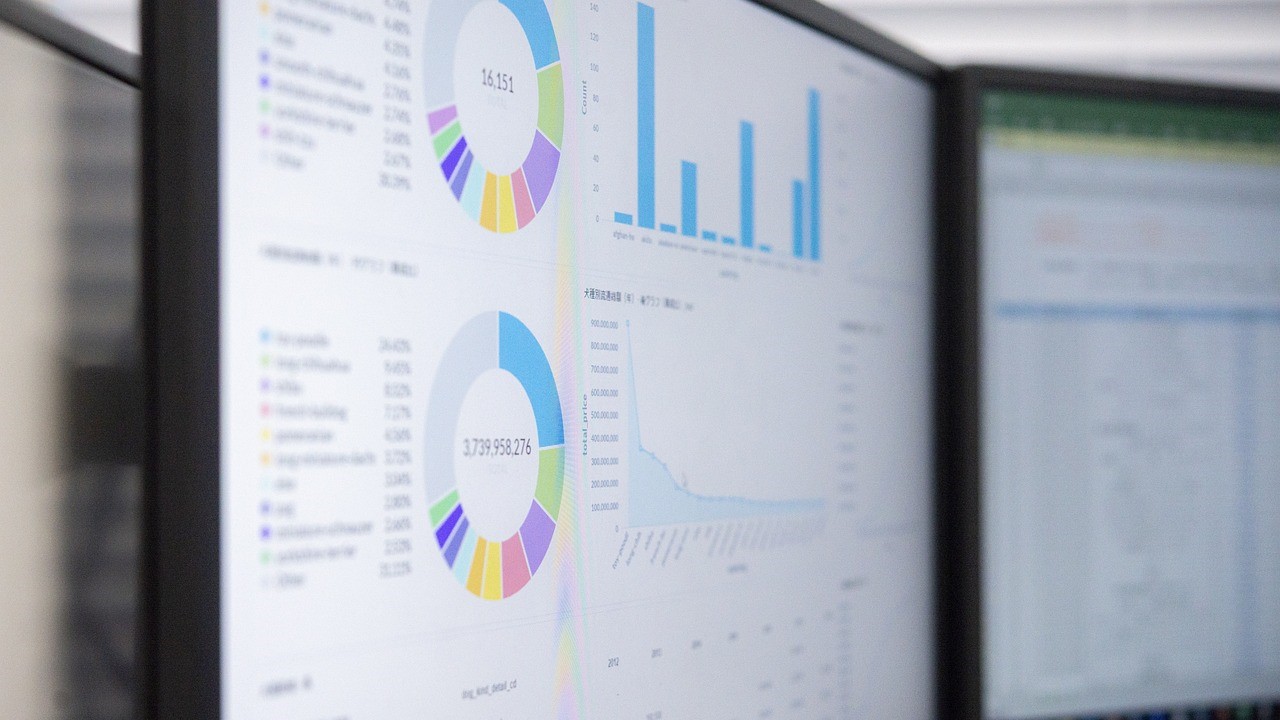
Paper Mills—The Dark Side of the Academic Publishing Industry
Integrity within scientific publishing is extremely important, as we must put our faith in science. Fake information and fake data are on the rise, and the onous is on publishers to crack down on misleading publications, as publications have a massive impact on the careers of researchers, and the process of applying for grants and patents is reliant on reliable publication records. We discussed paper mills with Damaris Critchlow, Head of Publication Ethics at MDPI. She is responsible for resolving escalated ethics cases and also implementing policies and workflows in collaboration with the Ethics Committee.
What are Paper Mills?
Paper mills are a type of industrial fraud, which is prevalent in the publishing sector. Paper mills are profit-oriented, unofficial and potentially illegal organisations which produce and sell fabricated or manipulated manuscripts which resemble genuine legitimate research.1
The papers produced by paper mills often show no real data, manipulate images and have authors which are hard to trace, without institutional emails or public records on ORCID or SCOPUS, amongst other key features which also allow them to be identified as paper mill submissions. The telltale signs of paper mill papers can be detected using AI and publishers are working collaboratively to detect as many illegal submissions as possible, with guidance from the Committee on Publication Ethics (COPE). However, much of the time it is difficult to spot paper mill submissions until the paper is published. This is because many systems rely on large quantities of submissions before a trend can be seen, to isolate and recall falsified submissions. 1
Why Would Researchers Use Paper Mills?
“We don’t know” states Critchlow,“They [possibly] choose to use paper mills when they face a pressure to publish, for whatever reason. There are academic expectations, or there might be a publish or perish culture, and papermills are a response to that pressure”. Paper mills can be used by researchers, students and low ranking institutions, under pressure for increasing their statistics or publication numbers. Often the motivation is finanical or for status; for example, a researcher may need a certain number of published papers to be considered for promotion or raise, so will chose to pay for paper mill papers rather than conducting the research themselves.2
Paper mills provide many different and varied services, from academic assistance in carrying out experiments, all the way through to writing entire papers with falsified data for researchers to submit as their own for consideration. Using paper mills isn’t cheap for “authors” either, as often pricing scales with journal notoriety. Authors who wish to have papers written to be submitted to journals with an IF greater than 3 could cost upwards of 30,000 EUR. With these costs, paper mills are big business, with the industry valued at roughly 2 Billion EUR.2
How Do Publishers Fight Back?
“We take [possible paper mill submissions] very seriously” says Critchlow. “In all cases, we follow the guidelines from the Committee on Publication Ethics (COPE) to support an investigation. We consider it to be systematic manipulation of the peer review process. “
When an issue arises which may be due to a paper mill submission, the authors will usually be contacted and asked to provide the original, raw data. From this point, an investigation begins on the manuscript. The affiliation may also be contacted to aid in the investigation. Typically, authors who submit paper mill papers won’t use their academic email addresses, which makes it difficult to verify their identity. For this reason, it can be hard to tell whether the corresponding author is the actual author, the buyer (of a paper mill paper) or, in some cases, the agent from the paper mill company, who the publisher is dealing with. 1,3
Even when publishers do receive the original data, they cannot always be trusted. In many cases, the authors send lots of files, which are often not clearly labelled, many of which also require specialist software to access.3
In the long term, paper mill submissions have a lasting impact on the publishing industry. With no end in sight, what can the publishing industry do to eliminate paper mill papers?. “[Eliminating paper mills] is really important, because it’s falsified research. It’s manipulating the peer review process; it’s putting scientific research out there, into the world, that isn’t accurate, that hasn’t been performed to scientific standards. It’s really challenging because, ultimately, you do not want that work to be cited, you don’t want the work contributing to scientific literature if the work hasn’t been done” adds Critchlow. There are two approaches to this: collaboration and technology.4
Collaboration and technology
Collaboration is necessary to crack down on paper mills. “The scale of the problem is quite large and, while we can do as much as we can as an individual publisher, sometimes one publisher might identify a paper as being from a paper mill and reject that paper, but the article goes on to be accepted for publication by another publisher. It would be helpful if there were some way for publishers to be able to communicate” states Critchlow. However, there are pitfalls in collaboration. “We certainly need cross-publisher policies and collective action. Collaboration is always going to be a challenge between publishers and there needs to be continuous effort to facilitate it.” These challenges need to be overcome in order to prevent paper mill papers from being kept in the version of record.4
An alternative approach is through technology. With a publishing arms race happening, it is imperative that publishers stay ahead of the curve with regard to technology involved in spotting paper mill submissions. As time goes by, more advanced technology is being used by paper mills to outsmart publishers. Furthermore, AI and other software can be developed and utilised to detect potentially suspicious submissions.
“Technology has the potential to detect specific indicators of paper mill papers, so it is useful. However it isn’t 100% perfect, and there’s always a human needed who can make an informed judgement regarding what the technology has flagged” says Critchlow, pointing out that the process is not 100% accurate and mistakes are still made, leading to mass retractions when paper mill submissions are discovered. Technological advancement in detecting paper mill submissions would benefit from collaboration between publishers, meaning to truly take on paper mills, we must all work together to combat misinformation.4
References
- Systematic manipulation of the publishing process via “paper mills”, COPE
- Paper Mills: Global Knowledge Contamination by Industrial-style Fake Science Publishing, presented by Prof. Dr. Bernhard Sabel at APE 2022
- Potential Paper Mills, COPE
- Tackling Misconduct Through Technology and Collaboration, presented by Hylke Koers at APE 2022










